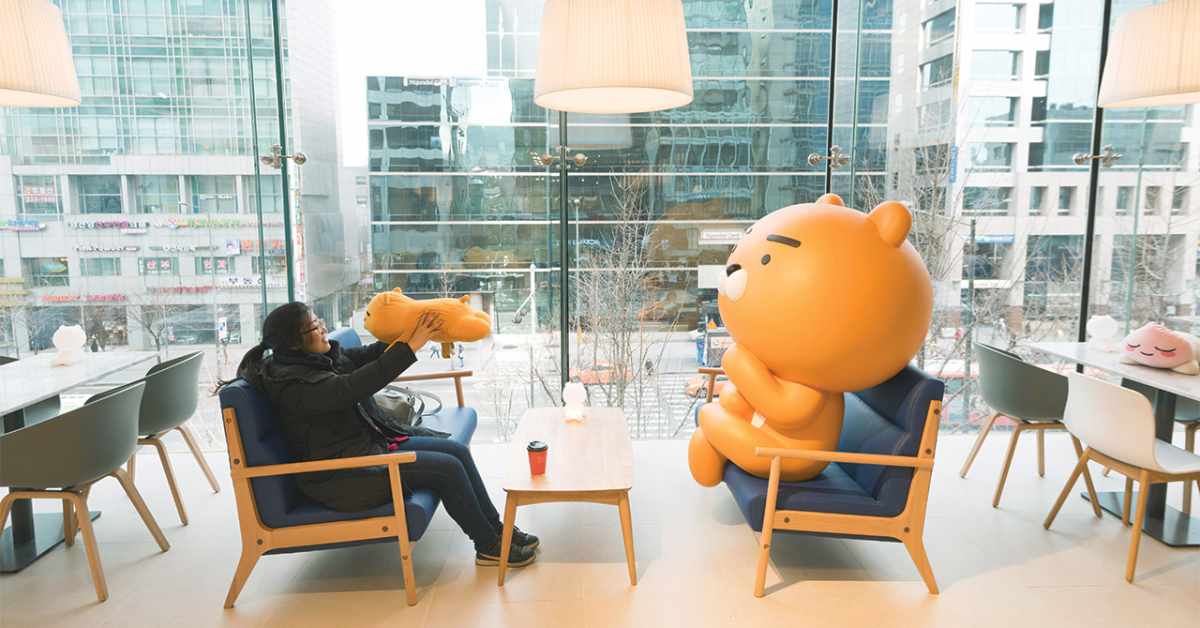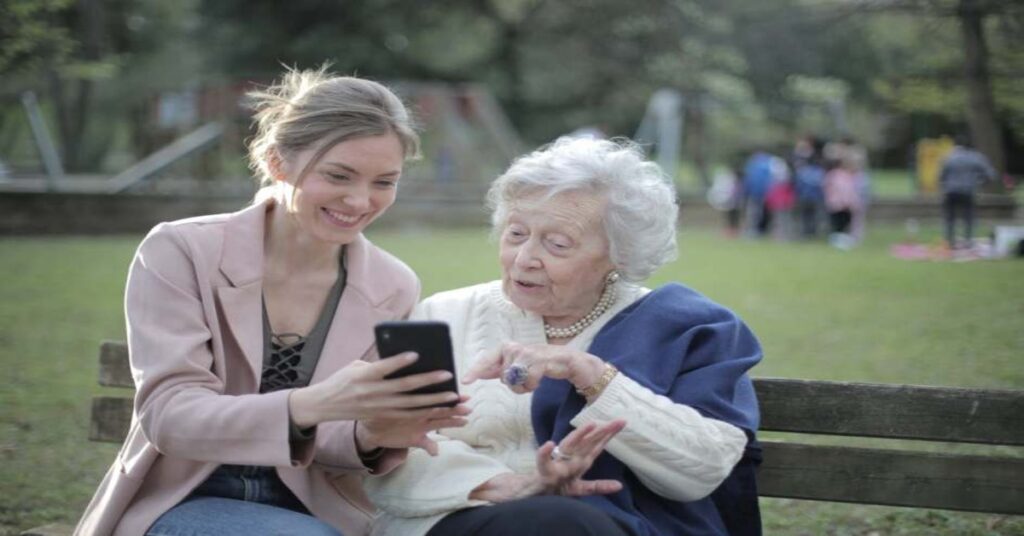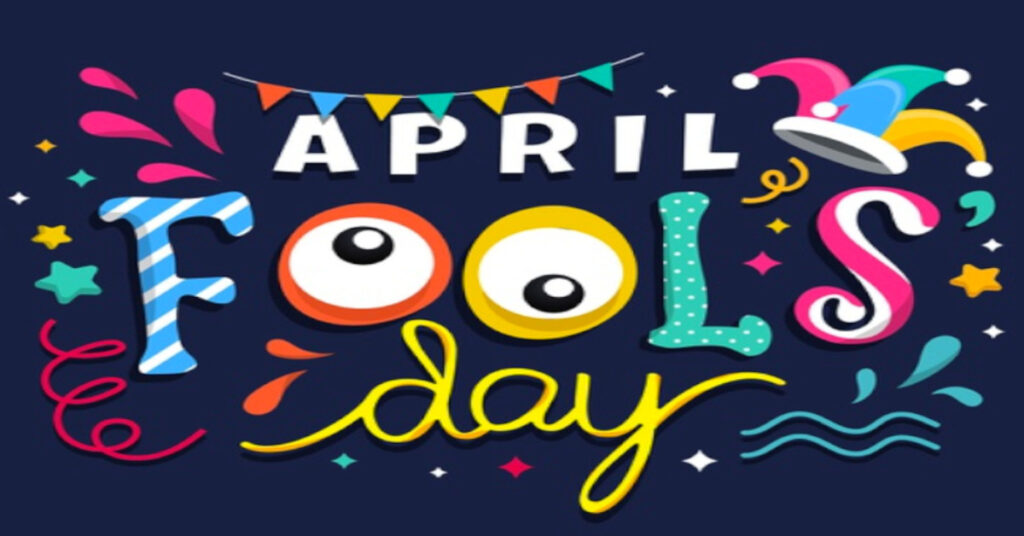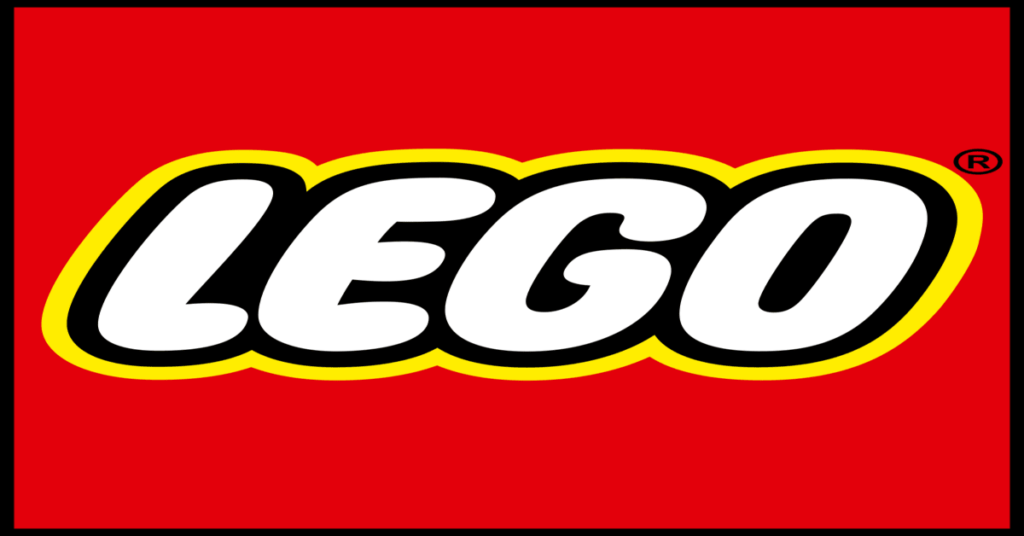In the world of marketing, appealing to consumers’ emotions and nostalgia has always been a winning strategy. Kidult, a term coined to describe adults who embrace their inner child, has emerged as a significant trend that brands like Barbie, McDonald’s, and Popeye among others capitalize to expand their customer base.
This article explores the concept of Kidult, its significance in marketing, and how iconic brands are leveraging it to connect with consumers on a deeper level.

What is Kidult?
Kidult refers to adults who retain an affinity for the toys, characters, and experiences from their childhood. These individuals often seek to reconnect with the simpler and happier times of their youth through nostalgia-driven consumerism. Be it collecting action figures, playing video games, or buying merchandise featuring beloved childhood icons, Kidults represents a significant and growing consumer segment:

Emotional Connection – Nostalgia is a powerful emotion that can create a strong bond between consumers and brands. By tapping into childhood memories, companies can elicit positive emotions and a sense of familiarity, leading to increased brand loyalty.
Long-term Customer Engagement – Kidults are likely to remain, loyal customers, as their emotional connection with brands extends beyond fleeting trends. Building a Kidult customer base can result in sustained business growth over time.
Word-of-Mouth Marketing – Kidults are passionate about sharing their love for nostalgic products and experiences with their peers. Positive word-of-mouth promotion can significantly enhance brand visibility and attract new customers.
Brands Adopting Kidult Culture
Brands see kidult culture as a tremendous opportunity to boost sales. A good example is Barbie, the iconic doll brand by Mattel. It has remained a favorite of generations of young girls. Recognizing the kidult phenomenon, Barbie has launched limited-edition collector dolls and merchandise that evoke nostalgia among doll fans. The Barbie Retro Collection, featuring classic 80s and 90s designs, has sparked a frenzy among Kidult collectors and enthusiasts.

Popeye, the beloved cartoon sailor, has seen a resurgence in popularity among kidults. Various merchandise, such as t-shirts, action figures, and collectible items, cater to adult fans who fondly remember the character from their childhood. Popeye-themed cafes and pop-up stores have been established to capitalize on the trend.
Moreover, McDonald’s has successfully capitalized on kidult culture by introducing limited-edition Happy Meal toys featuring iconic characters from past decades and using its mascots like Grimace and Ronald. These special collections have increased foot traffic and social media engagement.

There is Nintendo’s Game & Watch, a series of handheld electronic games from the 80s, made a comeback with a modern touch. The reimagined devices offer classic games like Super Mario Bros., appealing to both old fans and a new generation of players. LEGO’s Classic Sets, which bring back timeless designs from the company’s early days, have seen a surge in popularity among Kidults. These sets allow adults to relive their childhood creativity while introducing younger generations to the joy of building with LEGO bricks.
The kidult trend is reshaping the marketing landscape. By evoking emotions tied to cherished childhood memories, these brands forge lasting relationships with kidults and secure a devoted customer base. As we move forward, marketers can expect Kidult-focused strategies to play an increasingly vital role in capturing the hearts and wallets of consumers across generations.
Also Read: McDonald’s Set for a Spinoff “CosMc’s” With Own Unique Personality



